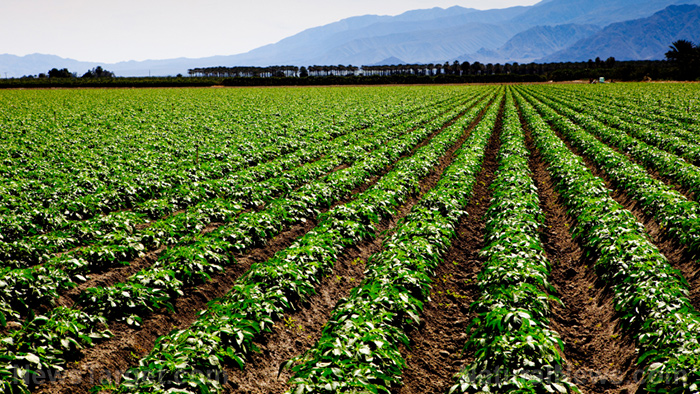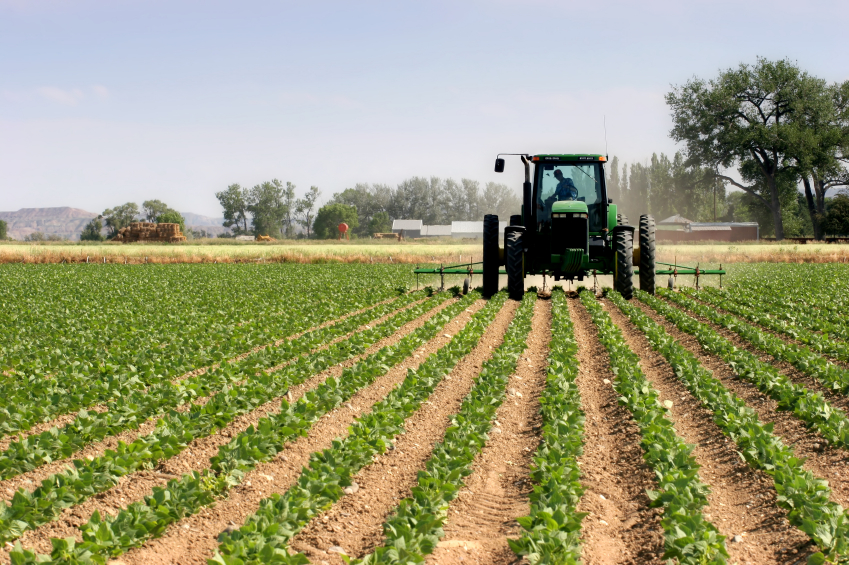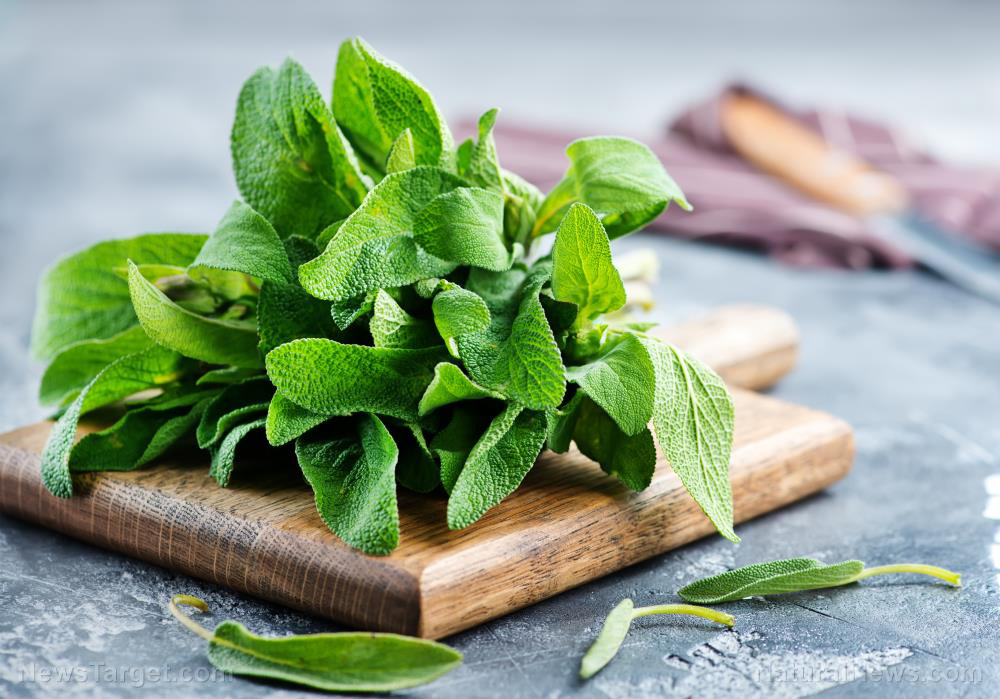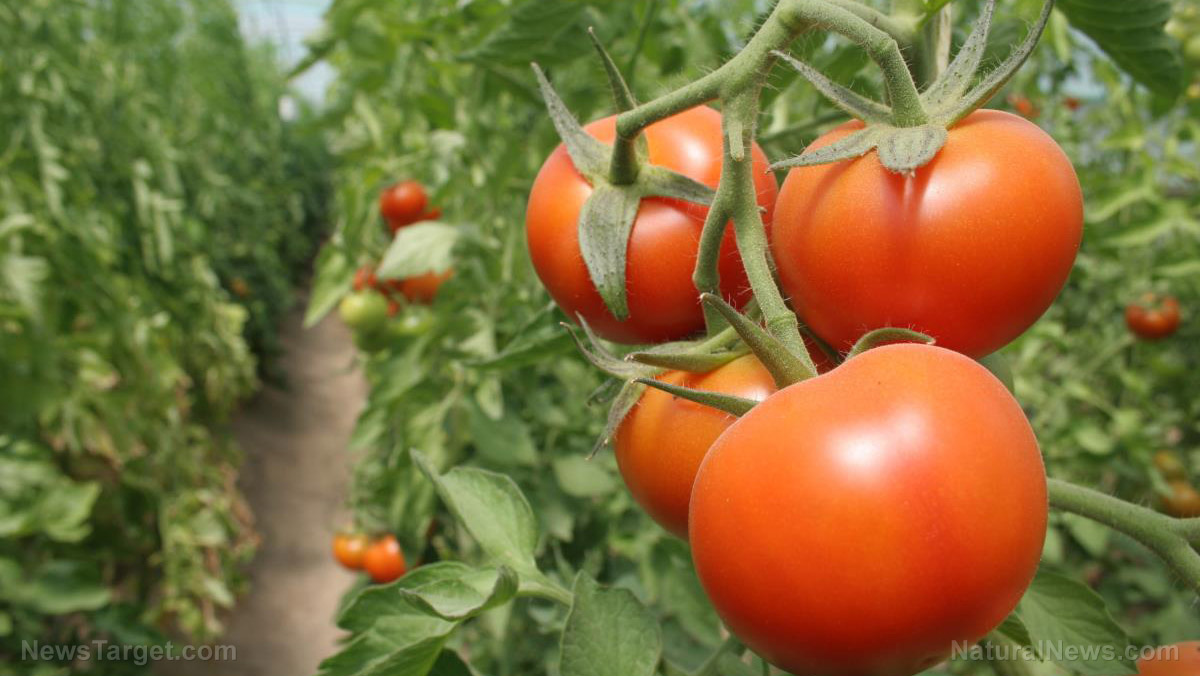
Advertisement
Researchers from the University of Califonia Cooperative Extension (UCOP) have just performed the first long-term detailed study that covered the response of legume-cereal cover crops (CC) to various soil management techniques in so-called high-value vegetable production systems. Their study, which spanned a total of eight years, revealed some interesting results.
- In terms of long-term impact on high-value vegetable systems that are tillage-intensive, the method of adding organic matter through cover crops and compost in the soil were poorly understood.
- The researchers decided to analyze the actual effects of CC frequency – whether performed annually or every fourth winter – as well as the use of compost from yard-waste – whether none or 15.2 megagrams dry matter per hectare annually – on the long-term performance of legume-rye CC in three separate systems at Year 4 and Year 8.
- All systems had identical setups otherwise during their run of 8-year commercial-scale vegetable production. CC was planted at 420 kg per hectare, and the researchers measured levels of soil organic carbon (SOC), soil nitrate (NO3), CC shoots, and CC population density.
- The researchers noted that at the start of Year 4, the systems which had been receiving compost showed higher levels of SOC and that by Year 8 the system with frequent CC showed higher levels of soil nitrate.
- Meanwhile, the total CC biomass and N accumulation remained unremarkable across all systems, but legumes were said to be less variable and a bit more productive in systems where CC was infrequently added, regardless of the amount of compost.
- The system with frequent CC showed higher quality rye and total CC residue. Frequency and amount of rainfall didn’t affect performance at all, according to the researchers, but during the drier year, there was a noticeable decline in the percentage of legume biomass.
The researchers concluded that frequency of cover cropping and compost have a number of rather subtle effects on legume–rye growth in high-value and tillage-intensive organic vegetable production systems.
Journal Reference:
Brennan EB, Smith RF. COVER CROP FREQUENCY AND COMPOST EFFECTS ON A LEGUME–RYE COVER CROP DURING EIGHT YEARS OF ORGANIC VEGETABLES. Agronomy Journal. 2017;109(5):2199–2213. DOI: 10.2134/agronj2016.06.0354
Advertisements







